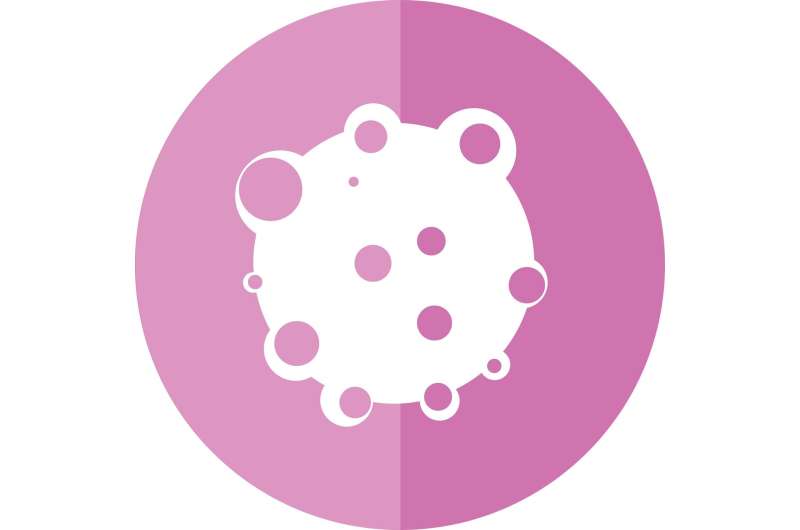This article has been reviewed according to Science X's editorial process and policies. Editors have highlighted the following attributes while ensuring the content's credibility:
fact-checked
trusted source
proofread
Evaluating brain tumors with artificial intelligence

An international team of researchers from TU Darmstadt, the University of Cambridge, the science and technology company Merck, and the Klinikum rechts der Isar of TU Munich, participated in an international and interdisciplinary collaboration that studied how software systems collect, process, and evaluate task-specific relevant information, thereby supporting the work of humans, in this case, radiologists.
The study provides empirical data on the influence of machine learning systems (ML systems) on human learning. It also shows how important it is for end users whether the results of machine learning methods are comprehensible and understandable. These insights are not only relevant for medical diagnoses in radiology, but for everyone who becomes a reviewer of ML output through the daily use of AI tools, such as ChatGPT.
Machine learning in radiology
The research project, led by TU researchers Sara Ellenrieder and Professor Peter Buxmann, investigated the use of ML-based decision support systems in radiology, specifically in the manual segmentation of brain tumors in MRI images. The focus was on how radiologists can learn from these systems to improve their performance and decision-making confidence.
The authors compared different performance levels of ML systems and analyzed how explaining the ML output improved the radiologists' understanding of the results. The research aim is to find out how radiologists can benefit from these systems in the long term and use them safely.
For this purpose, the project team conducted an experiment with radiologists from various clinics. The physicians were asked to segment tumors in MRI images before and after receiving ML-based decision support. Different groups were provided with ML systems of varying performance or explainability. In addition to collecting quantitative performance data during the experiment, the researchers also gathered qualitative data through "think-aloud" protocols and subsequent interviews.
Results
In the experiment, 690 manual segmentations of brain tumors were performed by the radiologists. The results show that radiologists can learn from the information provided by high-performing ML systems. Through interaction, they improved their performance.
However, the study also shows that a lack of explainability of ML output in low-performing systems can lead to a decline in performance among radiologists. Interestingly, providing explanations of the ML output not only improved the learning outcomes of the radiologists but also prevented learning false information. In fact, some physicians were even able to learn from mistakes made by low-performing but explainable systems.
"The future of human-AI collaboration lies in the development of explainable and transparent AI systems that enable end users, in particular, to learn from the systems and make better decisions in the long term," summarizes Professor Peter Buxmann from TU Darmstadt.
More information: Paper: promoting learning through explainable artificial intelligence: an experimental study in radiology





















